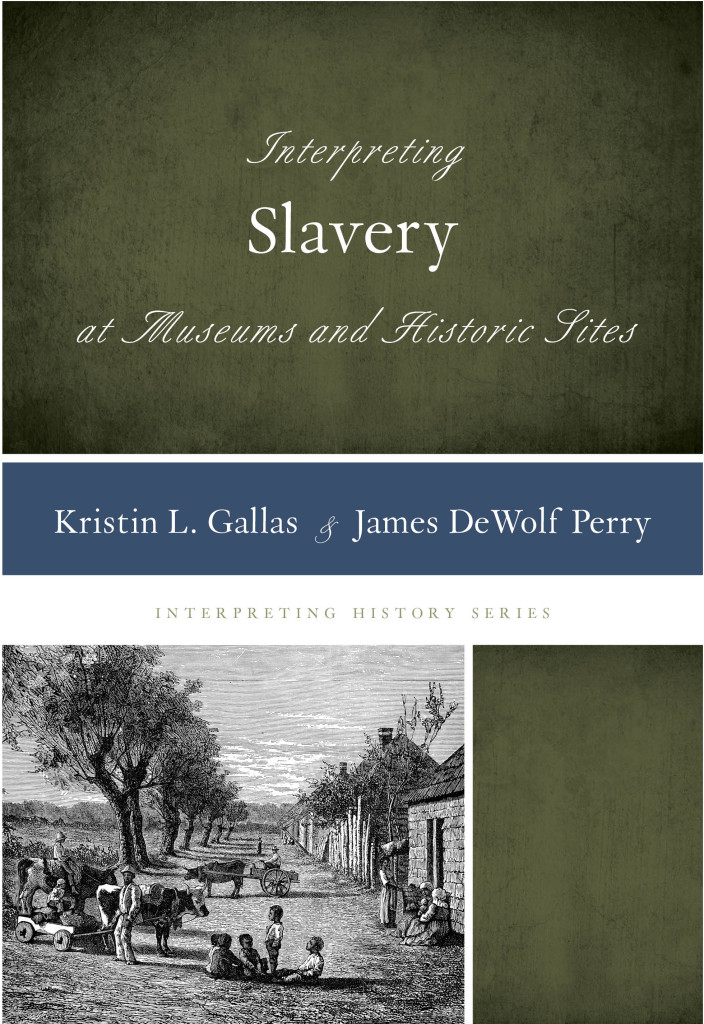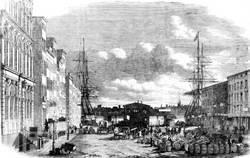Thu 3 Dec, 2020
Congress to weigh removing constitutional exception to slavery ban
Comment now Filed under: Politics| Tags: Legislation, Slavery, U.S. Congress |
Yesterday, Democratic members of Congress introduced joint resolutions in the House and Senate which would amend the U.S. Constitution to strengthen the 13th Amendment’s prohibition of slavery.
The 13th Amendment, as adopted about six months after the Civil War ended, reads as follows:
Neither slavery nor involuntary servitude, except as a punishment for crime whereof the party shall have been duly convicted, shall exist within the United States, or any place subject to their jurisdiction.
Congress shall have power to enforce this article by appropriate legislation.
(Boldface added to highlight the portion of the amendment at issue.)
The proposed constitutional amendment would remove the exception for criminal punishments, reading as follows:
Neither slavery nor involuntary servitude may be imposed as a punishment for a crime.
This proposal, which would likely be the 28th amendment to the Constitution, comes after increasing controversy over the exception and would follow movements to eliminate similar language in several state constitutions, including Colorado, Nebraska, and Utah. It was introduced in the Senate by Sen. Jeff Merkley (D-Oregon) with three Democratic co-sponsors, and in the House by Rep. William Lacy Clay and fifteen Democratic co-sponsors.
To secure passage, supporters would have to achieve two-thirds votes in both the House and Senate, and then ratification by 38 state legislatures.

 Senator Cory Booker
Senator Cory Booker 




 Slavery in New England was brutal and lasted, in its official form, for 150 years. Enslavement greatly enriched the colonists and, later, citizens of New England, and only died out gradually and fitfully.
Slavery in New England was brutal and lasted, in its official form, for 150 years. Enslavement greatly enriched the colonists and, later, citizens of New England, and only died out gradually and fitfully.